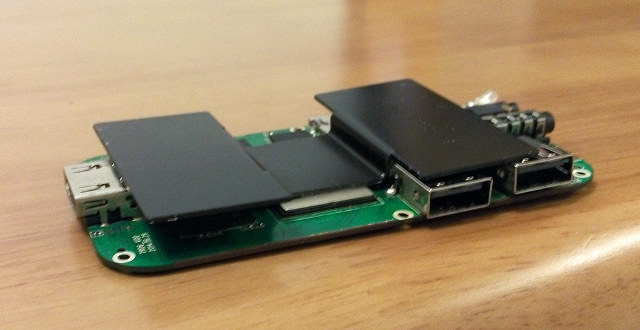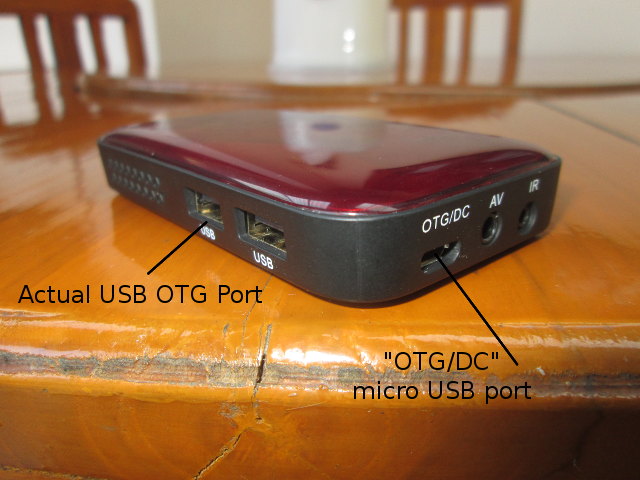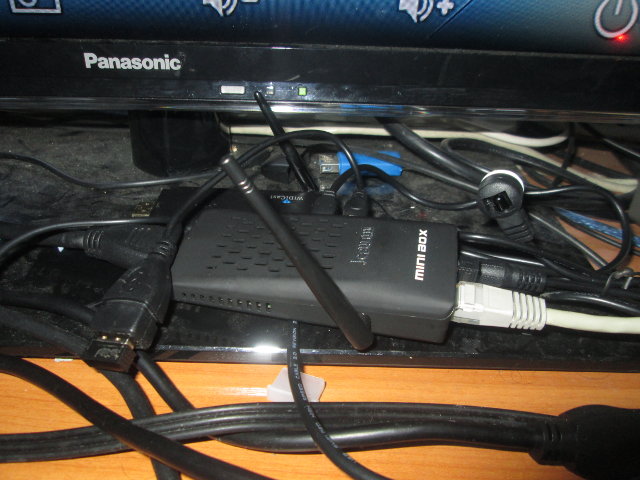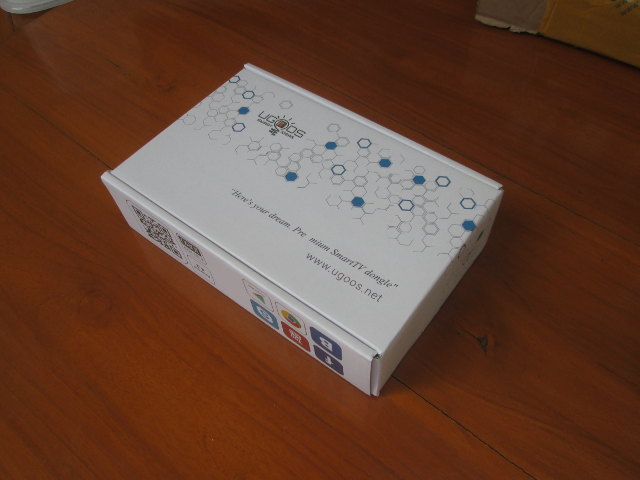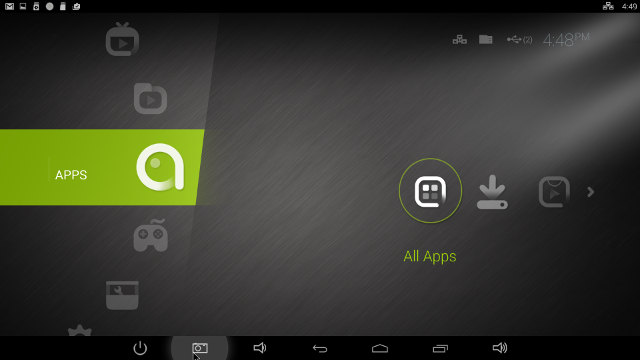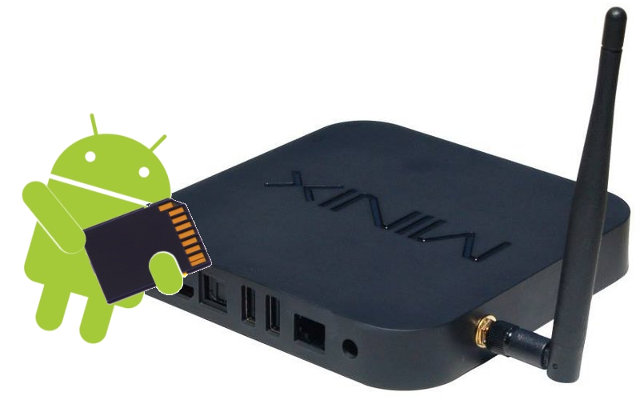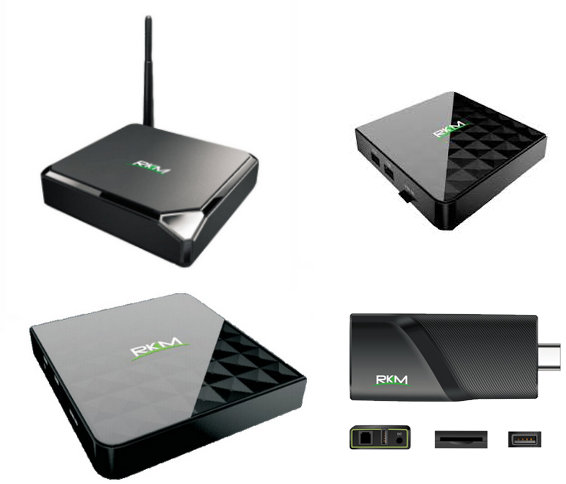A few days ago I posted pictures of Ugoos UM3, a cute mini PC powered by Rockchip RK3288 quad core Cortex A17 processor, with 2GB RAM, 8GB internal storage, a few USB ports, and Wi-Fi 802.11 b/g/n/ac connectivity. There are so many Rockchip RK3288 based TV boxes and sticks on the market, that it has become difficult to differentiate, so Ugoos has decided to support not only Android 4.4 like all their competitors, but also Ubuntu 14.10, and they’ve provided an alpha release of dual boot Android / Ubuntu images for Ugoos UT3 and UM3 models. Yesterday, I flashed the latest Android/Ubuntu firmware for UM3, and tested the image, so today I can report my findings. First of all, I’d like to point out that I received an earlier sample with various flaws that I reported to Ugoos, and they’ve already committed to fixes: 5V/2A power adapter is not powerful […]
Linux 3.18 Released
Linus Torvalds released Linux Kernel 3.18 last Sunday: It’s been a quiet week, and the patch from rc7 is tiny, so 3.18 is out. I’d love to say that we’ve figured out the problem that plagues 3.17 for a couple of people, but we haven’t. At the same time, there’s absolutely no point in having everybody else twiddling their thumbs when a couple of people are actively trying to bisect an older issue, so holding up the release just didn’t make sense. Especially since that would just have then held things up entirely over the holiday break. So the merge window for 3.19 is open, and DaveJ will hopefully get his bisection done (or at least narrow things down sufficiently that we have that “Ahaa” moment) over the next week. But in solidarity with Dave (and to make my life easier too 😉 let’s try to avoid introducing any _new_ […]
How To Upgrade Firmware on Ugoos UM3 mini PC
Ugoos released two new dual boot Android / Ubuntu images for Ugoos UT3 and UM3, which reduces the size of the system by 300MB, includes LibreOffice, replaces Firefox by Chromium + PepperFlash plugin, and fixes various bugs: ut3_dualboot_v0.2.rar – For UT3 full sized TV box UM3_dualboot_v0.2.rar – For UM3 mini TV box The firmware update procedure for Rockchip RK3288 is well-known, and Ugoos even includes a word file with flashing instructions in Microsoft Windows with the firmware images. However, it still took me about one hour to find out how to do with Ugoos UM3, so I thought I’d write a post in case others encounter the same issue. I flash the firmware in Ubuntu, so instead of using Android Tool, I flashed it with upgrade_tool command line utility I got from Orion R28 SDK, but you can also download Linux_Upgrade_Tool_v1.2.tar.gz directly. First let’s enter recovery mode. The procedure is […]
Mini Review of Jesurun T034 Android TV Stick Featuring a Gigabit Ethernet Port
The vast majority of Android TV sticks only provide Wi-Fi to connect to the Internet, but Jesurun T034 is one of the rare TV stick that also features an Ethernet interface, and a Gigabit one at that. I’ve already listed specifications and uploaded pictures of the device, so today it’s time for a review. I’ve reviewed so many Rockchip RK3288 devices in the past, so I won’t write my usual full review, but I will focus on network connectivity, internal storage performance, stability / temperature measurements, as I’ve found high temperature to be problematic in another RK3288 TV stick, and I’ll quickly show the launcher, test the remote with the extension cable, and run Antutu 5.3 benchmark. Jesurun T034 User Interface and Remote Control I’ve connected the IR extension cable, an Ethernet cable, the RF dongle for Mele F10 Deluxe to the USB port, and the RF dongle for Tronsmart […]
Unboxing of Ugoos UM3 Android and Ubuntu ARM mini PC
Ugoos UM3 is another minic PC powered by Rockchip RK3288 SoC with 8GB storage, 2GB RAM. It has Wi-Fi, but no Ethernet, so it looks like the offspring between a full-sized TV box and an HDMI stick. The company sent me a sample for evaluation pre-loaded with a dual boot image with Android 4.4 & Ubuntu 14.10. I’ll start by unboxing, and opening the device, before testing the dual boot image another day. Ugoos UM3 Unboxing The company sent me the device via DHL in a package for RK3066 / RK3188 devices, but I guess end-users will get an update package that will probably look similar. I was surprised how tiny the device was when I first took it out of the box, and with a black body and red cover, it’s probably the cutest too. It comes with a 5V/2A power supply and corresponding USB to micro USB cable, […]
Review of Open Hour Chameleon Android Media Player
Open Hour Chameleon is yet another Rockchip RK3288 based Android TV box, but it comes with aluminum enclosure, and boots from SD card instead of internal storage like all other devices I’ve seen on the market so far. Cloud Media (previously Syabas) also have a long history of making Linux based media players based on Sigma Designs processor, and when I worked on IPTV products, we used their PopCorn Hour has comparison platforms. So we should probably expect some interesting customization and features from the company. I’ve already posted pictures of Chameleon box and its board, so today, I’ll focus on reporting my experience with Android 4.4, and later I may also try their Lubuntu image. First Boot, Settings and First Impressions Normally I quickly try the remote control, and get it out of the way. But this time, I’ve spent a little bit more time with the remote since […]
Create-android-sdcard Script Creates a Bootable SD Card for any Rockchip RK3188 Devices
Bootable Linux SD card images for some Rockchip RK3188 devices such as MINIX NEO X7, MK809III, Tronsmart T428 have already been released this summer, and it provided any easy way to try Linux on Rockchip RK3188 devices without messing with your Android installation. But now you can create Android bootable images with any Rockchip RK3188 devices thanks to create-android-sdcard script written by Ian Morrison, as long as you have the firmware for your Android mini PC, and I don’t see why it would not even work for tablets. It allows you to try Android firmwwre before replacing your existing installation (great for developers), and it can also be a way to handle multiple users on a single device. There could be one SD card for dad, one for mum, and one for the kid, and all you have to do is to take out and replace the SD card with […]
Rikomagic MK80, MK12, MK05, V5 Android TV Boxes and Sticks Are Now Available for Purchase
Rikomagic unveiled their MK80, MK12 and MK05 Android media players a few week ago, and somehow I missed (or ignored) their Rikomagic V5 TV stick, which looks very similar to Jesurun T034 / MK802 V powered with Rockchip RK3288 processor, and features an Ethernet port, but differs as full-sized USB ports are used instead of mix of micro and full-sized USB ports. All four devices, even five with MK80 Plus, are now available on Rikomagic’s Aliexpress store. MK80 and MK80 Plus are Android mini PCs powered by Allwinner A80 SoC, and are probably using the same Sunchip board as Tronsmart Draco AW80 Meta and Telos, The standard version comes with 2GB RAM, 16GB eMMC, and the “Plus” version with 4GB RAM, and 32GB eMMC, and can be purchased respectively for $155.90 and $199.99 including shipping. MK12 is based on the new Amlogic S812 processor which adds HEVC/H.265 hardware video decoding […]


